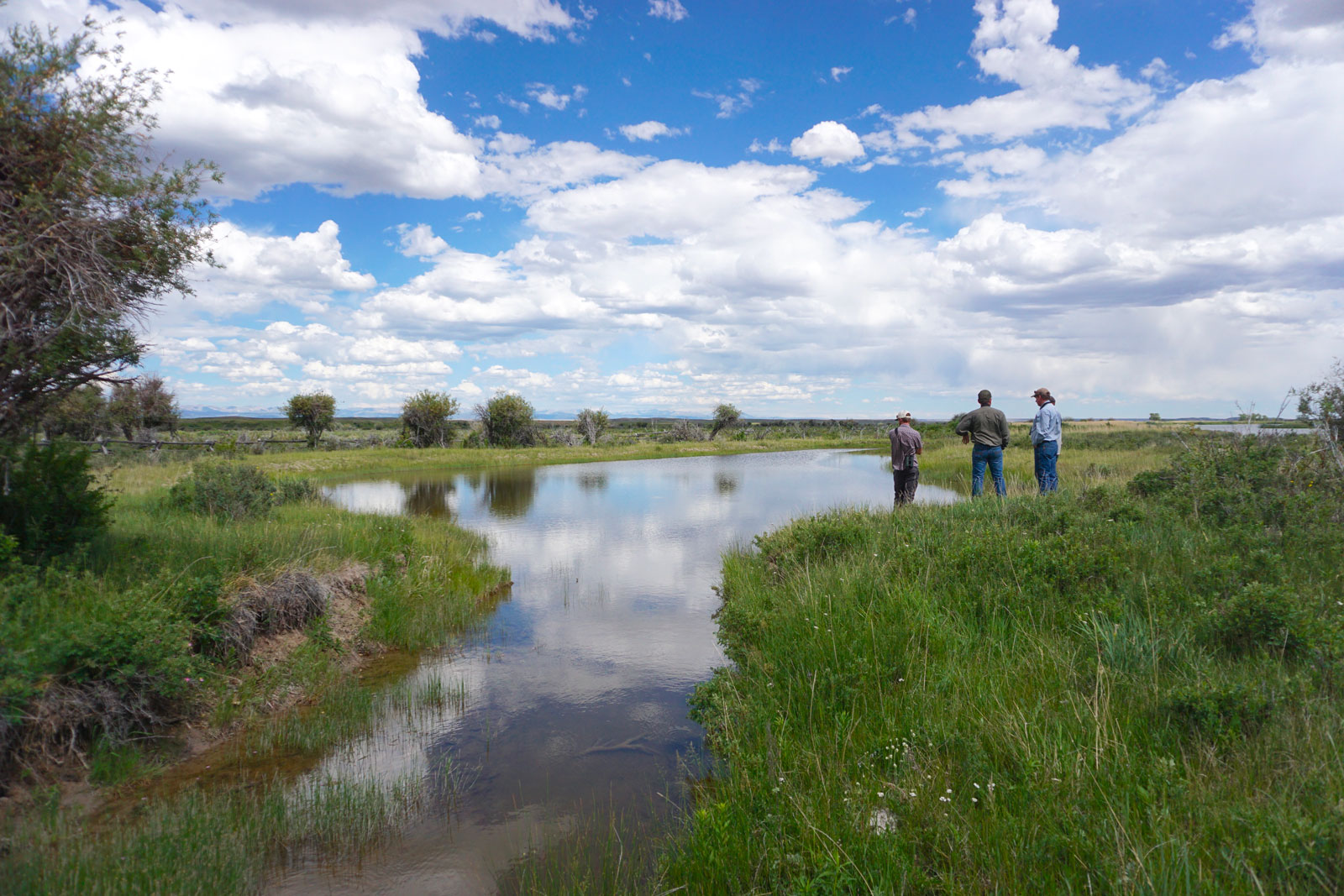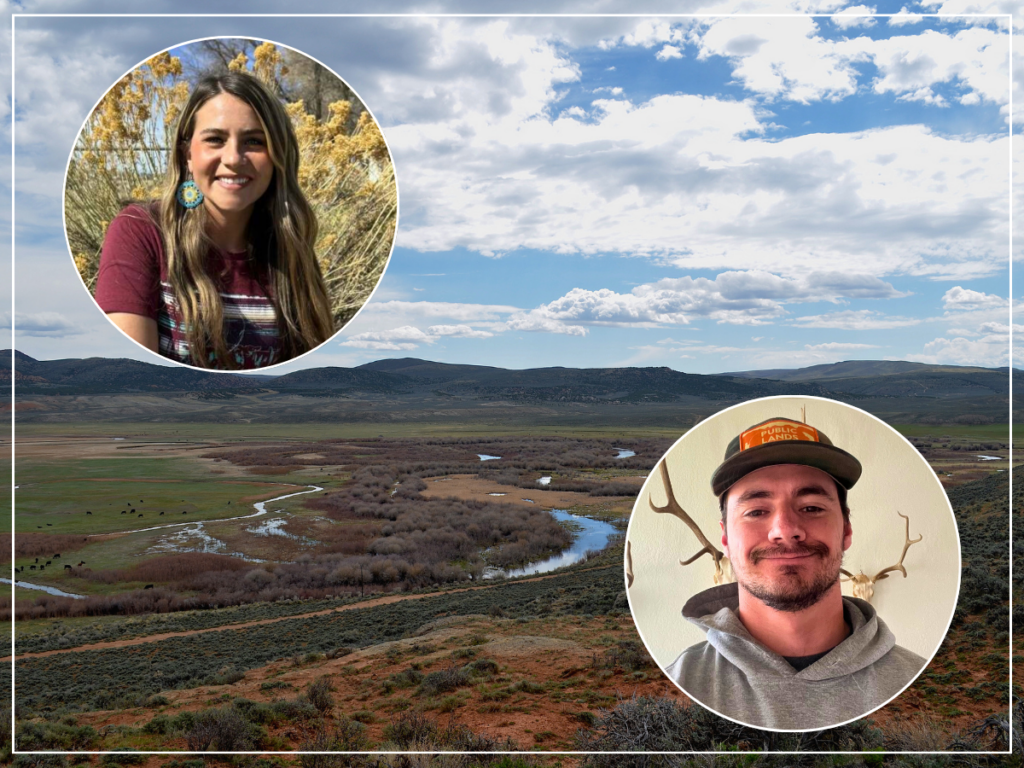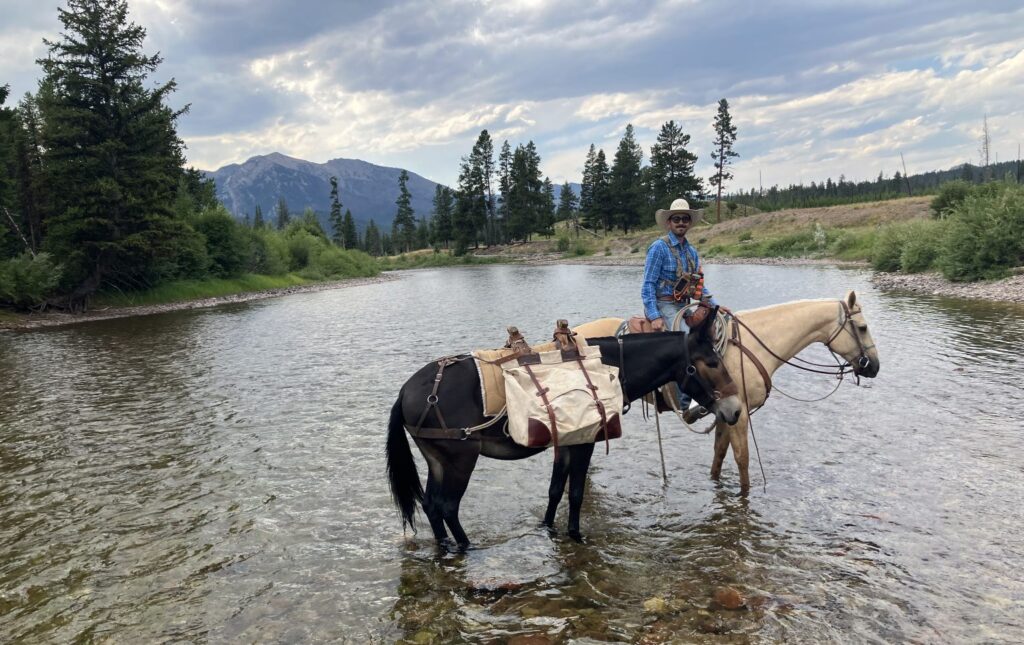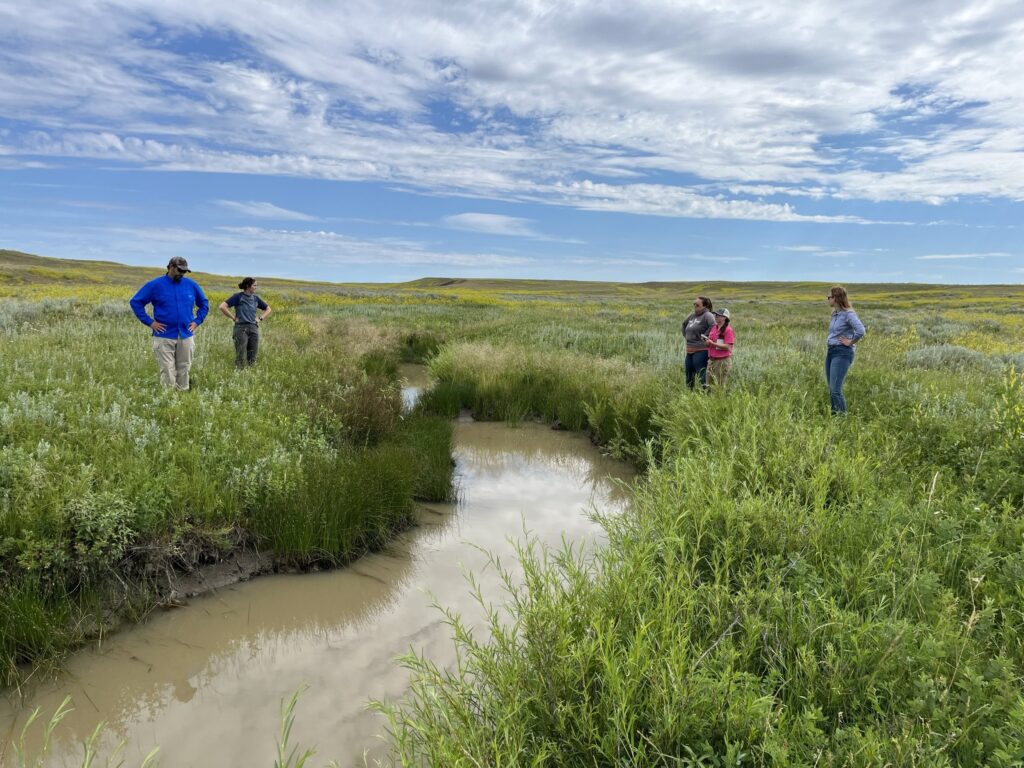In this series of first-person essays, we are sharing stories from wildly different “fields” traveled by the conservation community.
Scroll to view this storymap, or see it full size here.
Field Notes is a compilation of first-person essays composed across many years by the Intermountain West Joint Venture partners, board members, and staff. Our professional work in collaborative conservation is inspired by our personal experiences, relationships, and conversations in the field. That “field” can look very different depending on the work at hand: Sometimes that field is one of grass hay at sunrise or deep within the sagebrush sea. Other times, it’s in a conference room at an agency’s headquarters or in a public hearing in the halls of Congress. Please enjoy these wildly unique Field Notes.
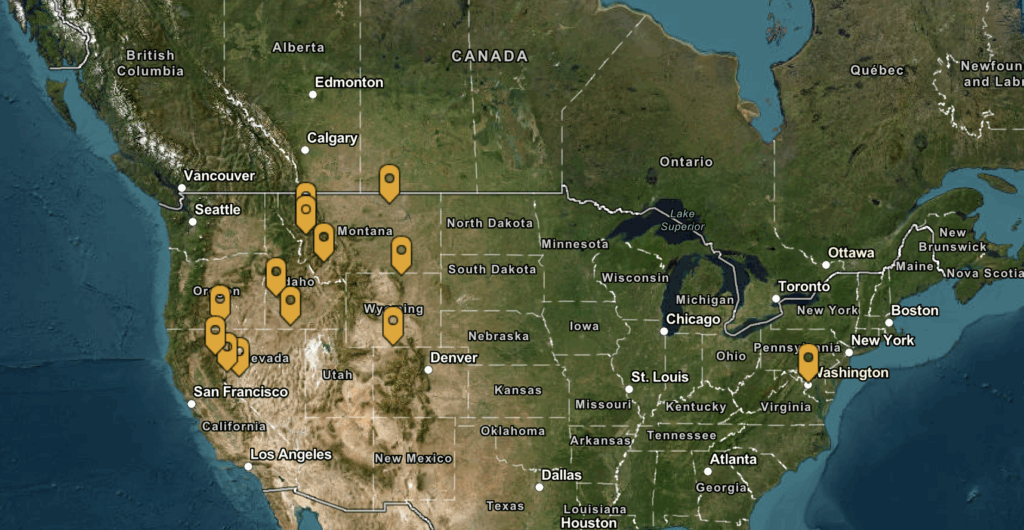
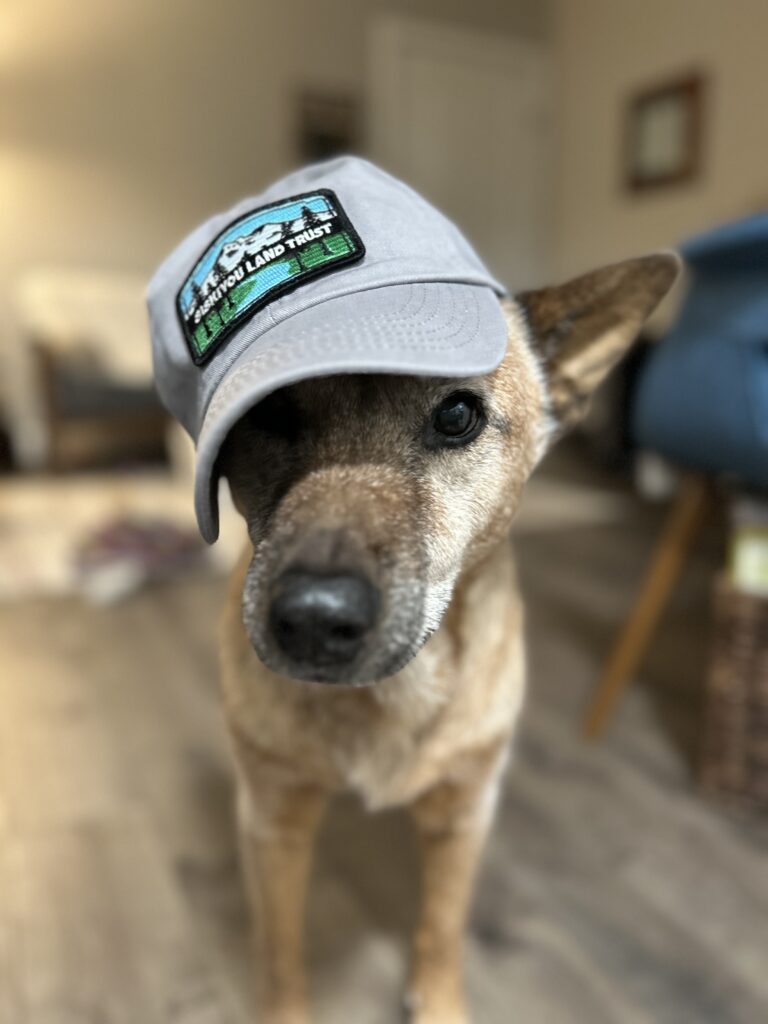
What We Can Learn From Working Dogs
“Working dogs are as much a part of California as the cattle and crops and they ground us in the work we do every day to protect these important lands. We can learn so much from them and in doing so better support our teams, partners, and producers throughout California to achieve common conservation goals and protect working landscapes long into the future.”
— Elizabeth Friedl, ACEP-ALE Easement Specialist, California Easement Team, USDA-NRCS
Uniting for Conservation
“When I started working for the Bureau of Land Management’s Hi-Line Sagebrush Anchor Restoration Landscape program back in February, I never could have imagined the variety of conservation projects I would be involved in.”
“When I started working for the Bureau of Land Management’s Hi-Line Sagebrush Anchor Restoration Landscape program back in February, I never could have imagined the variety of conservation projects I would be involved in.”
— Grace Hershberg, Restoration Landscape Manager with the Ranchers Stewardship Alliance
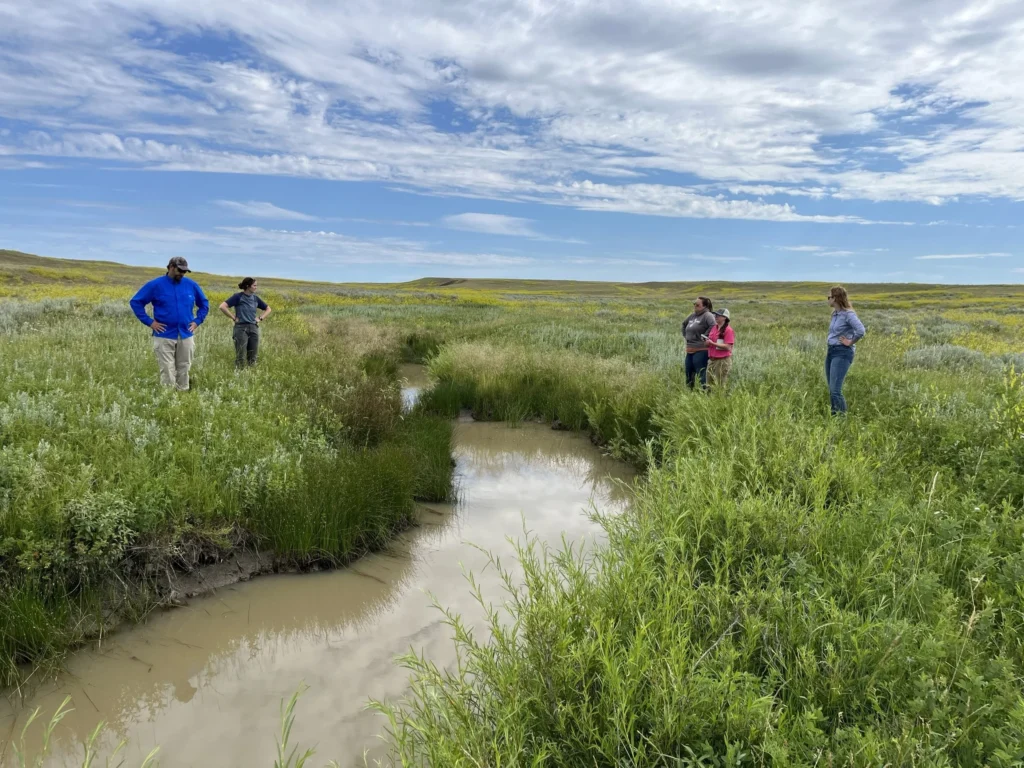
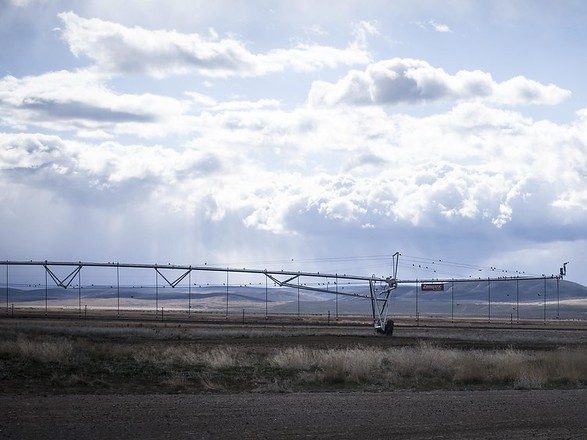
Irrigation Intensification Impacts Streamflow Sustainability
“Our work indicates that irrigation systems sometimes thought of as inefficient are likely returning water to the basin from which it was diverted, making it available for later use by water users and available to ecological systems.”
— David Ketchum, USGS Remote Sensing and Geospatial Information Specialist
Unlocking Opportunity with Idaho Cattle Association
“The ICA and Idaho’s cattle raising families are positioned to do many good things in the space of conservation, climate, etc. We need to show the reality that we are providing a positive benefit to the health of our nation; nutritionally, environmentally, and in a manner that is sustainable for the long-term.”
— By Cameron Mulrony, Executive Vice President for the Idaho Cattle Association

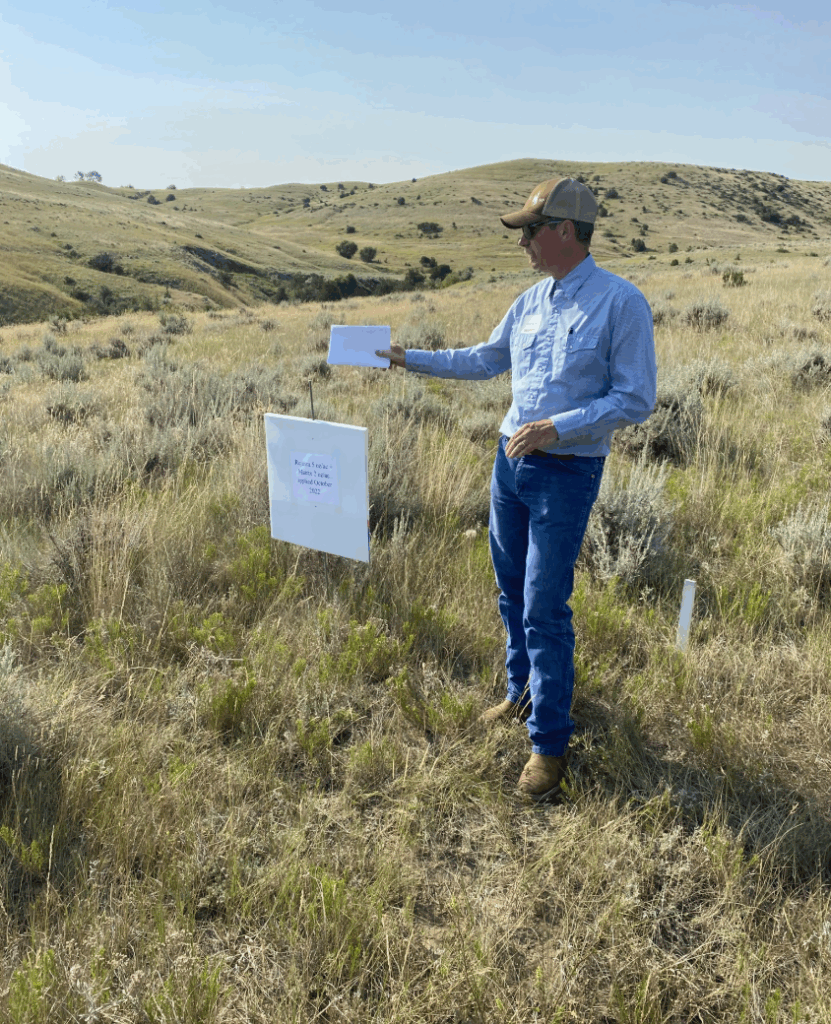
Softening Stark Divides
“As I stood on a windy ridgetop in Sheridan County, Wyoming, the most notable feature of the landscape was a stark difference from one side of the fence line to the other. On one side of the fence, the vegetation had succumbed mainly to the summer heat and was brown and crispy. Conversely, the vegetation on the other side was emerald green…”
— Andrew Olsen, IWJV Science to Implementation Coordinator
Cultural Burning has Lessons for Today
“By integrating Indigenous fire knowledge into broader forest management practices, we protect forests while also ensuring that our communities remain resilient.”
— Jim Durglo, Fire Technical Specialist for the Intertribal Timber Council and IWJV Management Board Member
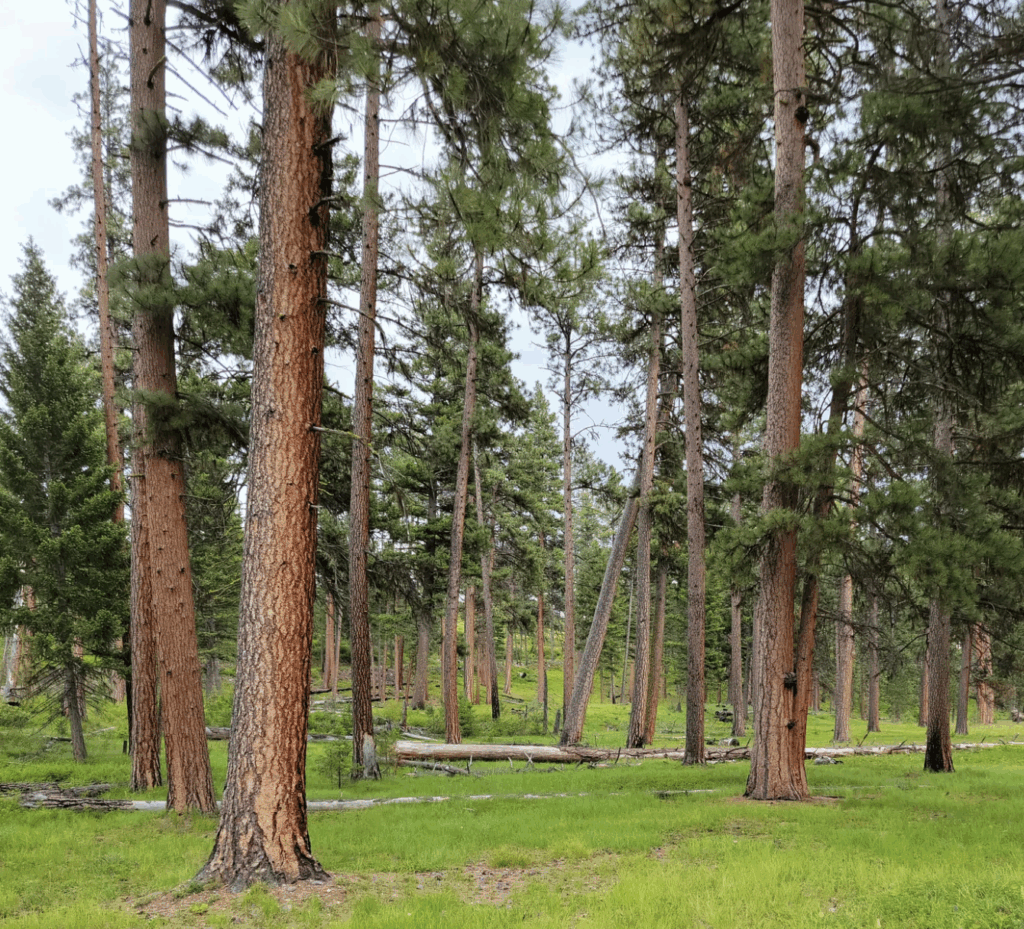
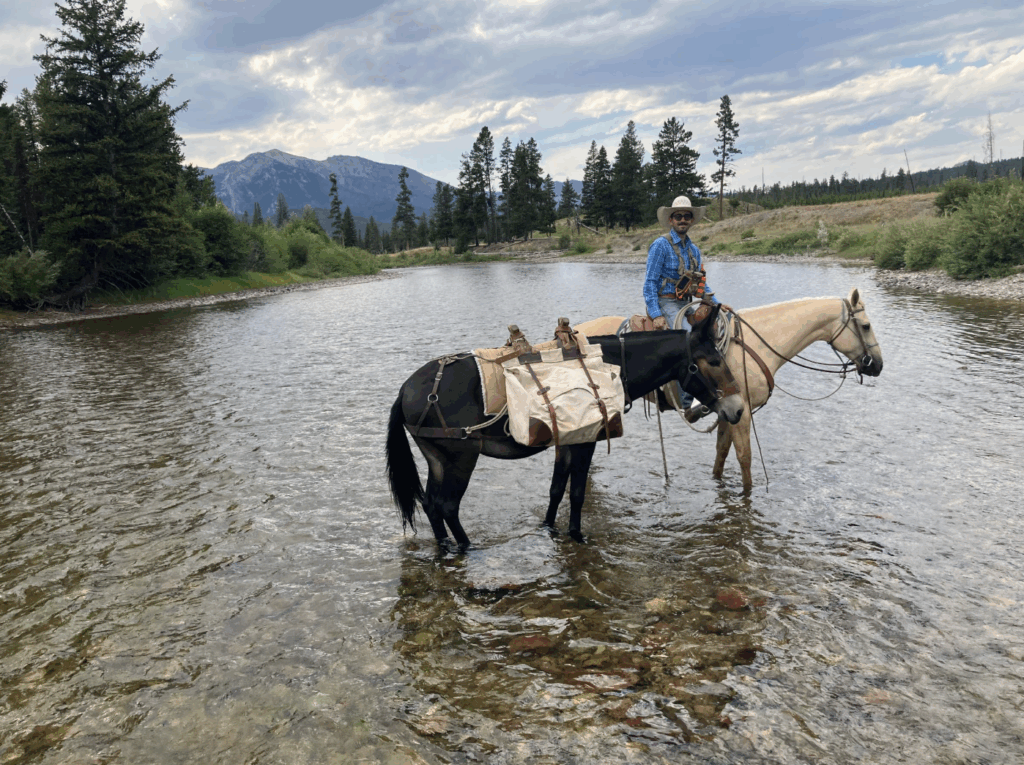
In the Arena
“I hope other hunters can join me in learning about and appreciating the value private land, agriculture, and wonky government programs have for our ability to hunt and fish. Water in the West is precious and there’s less and less of it to go around.”
— Ed Contreras, IWJV SONEC Conservation Delivery Coordinator
Hope After Rangeland Fire
“The acrid smell of smoke clung to him; his new flat-brimmed palm leaf hat was covered in brick-red fire retardant. That’s what I noticed first when my husband walked through the door at one o’clock in the morning.”
— Kim Brackett, Idaho Rancher and IWJV Management Board Member
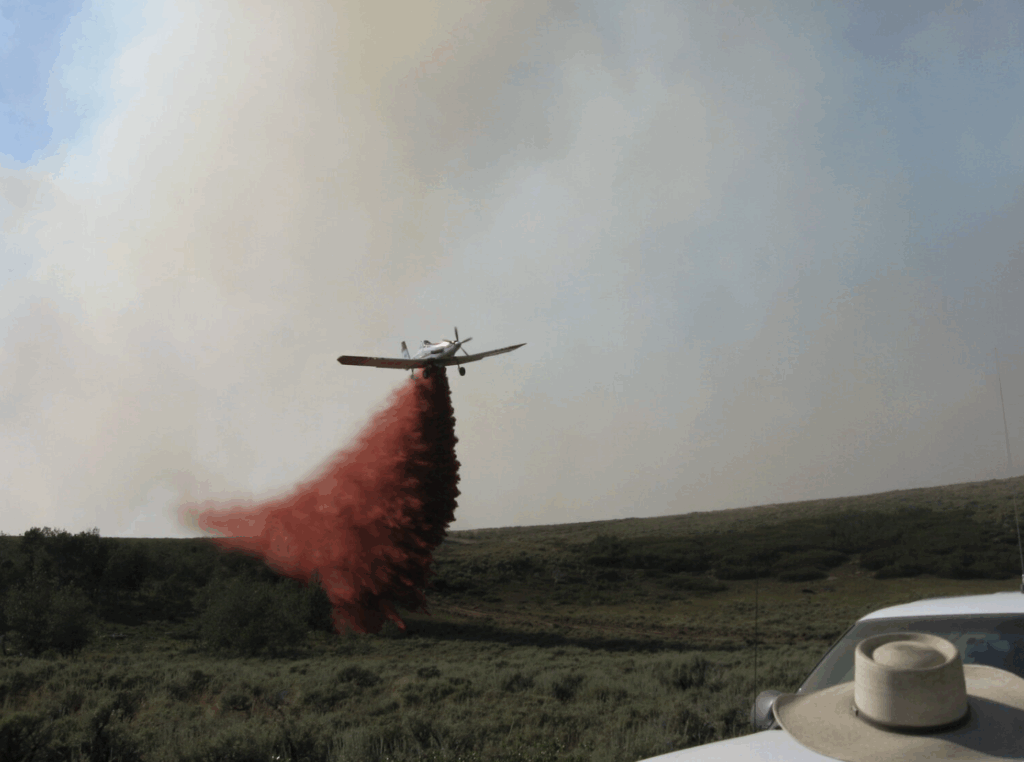

Celebrating a Partner’s Life
“People traveled from across the nation to Pat’s ranch in rural southern Wyoming and it was remarkable to see the multitude of people he inspired and the many deep relationships fostered over his lifetime.”
— Tina Dennison, IWJV Initiative Support & Project Coordinator
Montana Ground Water Investigation Program
“Our thermal data suggests that changes to irrigation infrastructure could help return cooler water to river systems, without impacting an irrigator’s production. We’re also seeing that groundwater recharge results primarily from flood irrigation and canal leakage (from unlined canals), but not from pivot irrigation.”
— Jenna Dohman, Montana Bureau of Mines and Geology Hydrogeologist
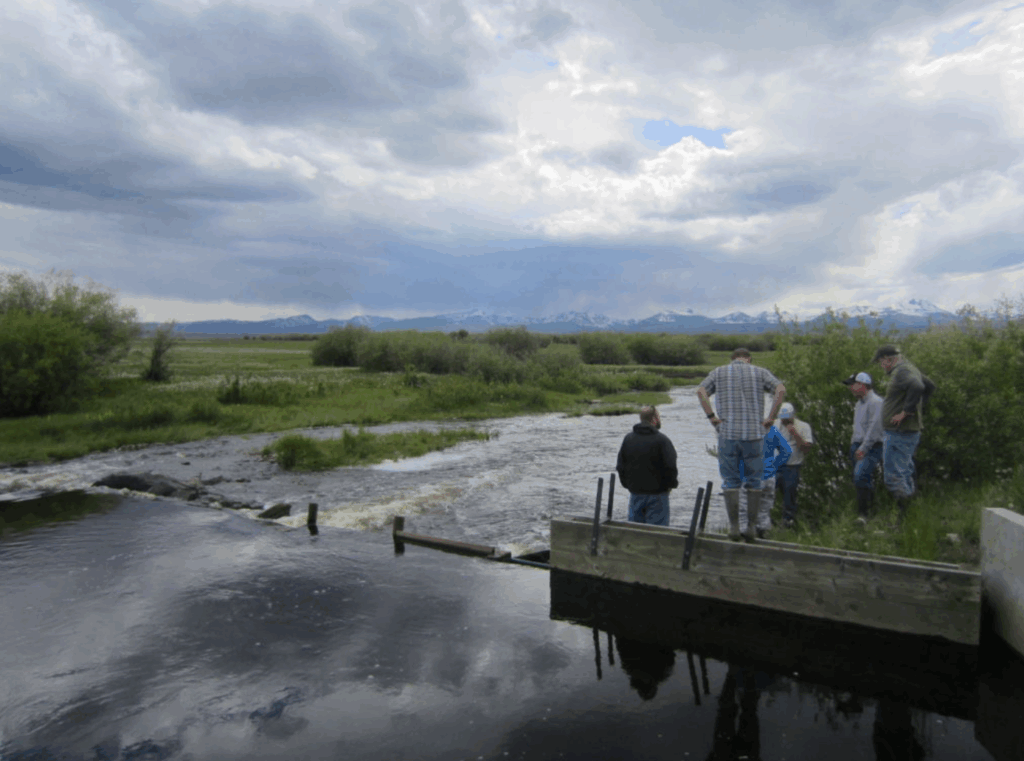

Building a Framework
“To truly appreciate the incredible richness of these areas, you had to drive through the mountain ranges, up onto the plateaus, and across the sagebrush prairies and see them in the different seasons – in winter when they are blanketed by snow, in early spring when the sage-grouse are courting, in early summer when the wildflowers are in bloom, and in fall when the aspen on the hillsides are turning color and the elk are bugling.”
— Jeanne Chambers, Retired U.S. Forest Service Research Ecologist and Adjunct Professor
Heads Turn When Ranchers, Duck Enthusiasts, and Corporations Talk Conservation
“I never get tired of seeing people’s reactions when partners of the Intermountain West Joint Venture walk into a meeting in Washington, D.C. It’s not every day that they see ranchers seated next to energy company representatives and non-profit staff.”
— Lori Reed, IWJV Government Affairs and Executive Support
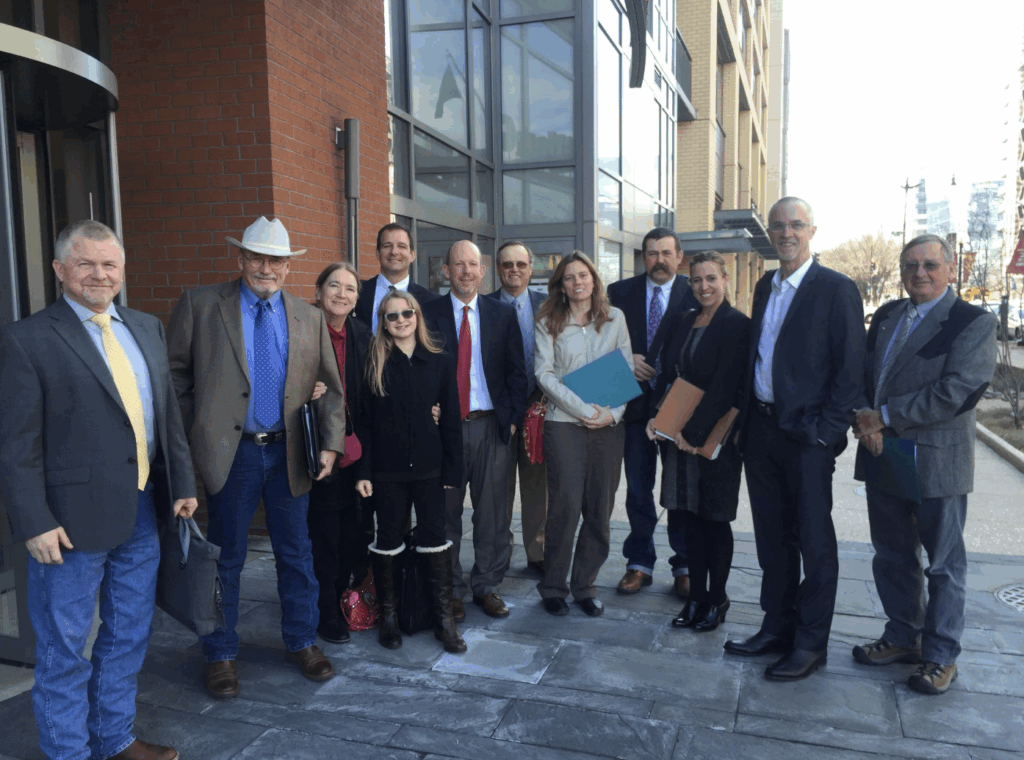
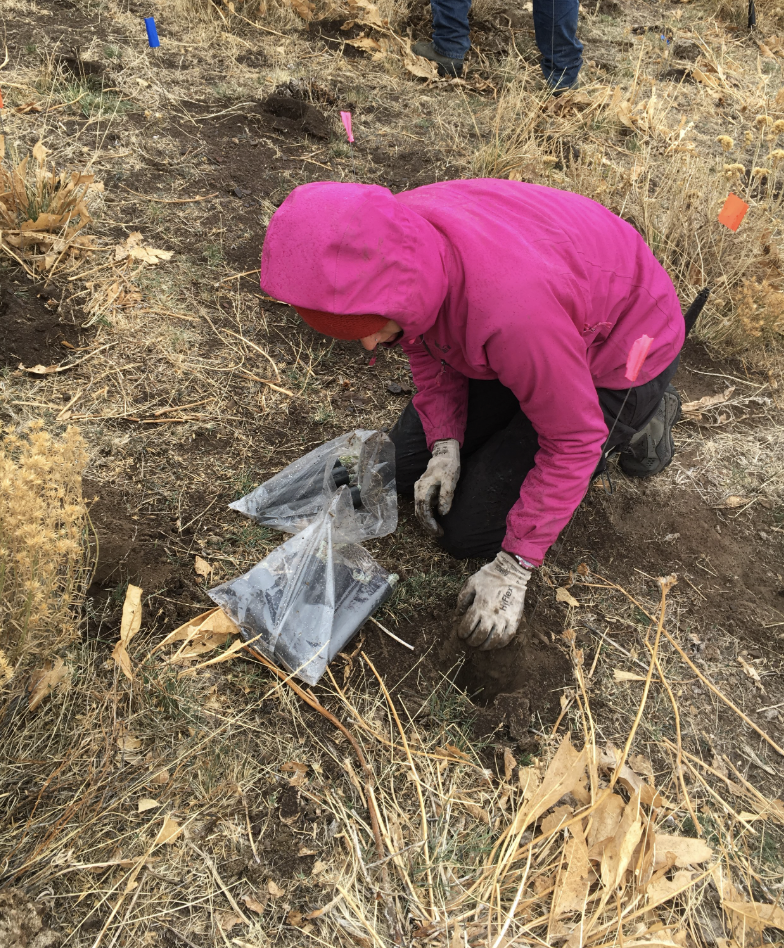
Words from a Botany Intern
“The most challenging part was definitely the weather! We did the planting on a windy, rainy mid-November day and after a few hours, our hands and faces were frozen and our pants were slick with mud. Those kind of situations are what you sign up for when you’re working in field biology, and they just make for a little extra group bonding!”
— Britney Zell, Chicago Botanic Garden’s Conservation and Land Management Intern
Crossing Boundaries
“This juniper invasion has marched across the West, but impressive partnerships are forming to cut them back where they don’t belong.”
— Connor White, Bruneau-Owyhee Sage Grouse Habitat (BOSH) Project Outreach Coordinator
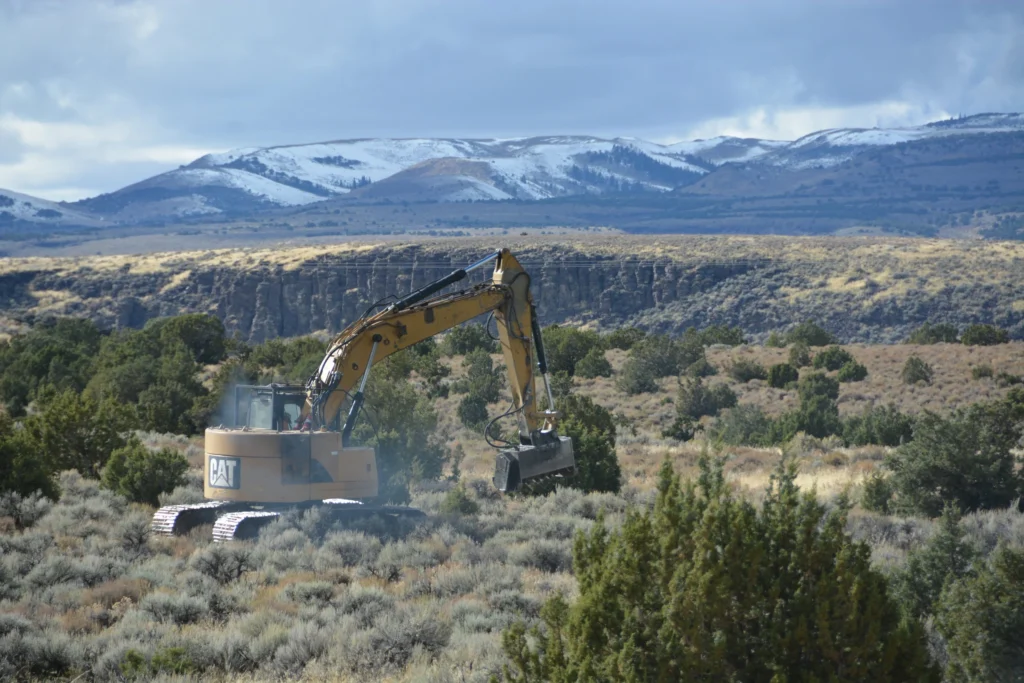
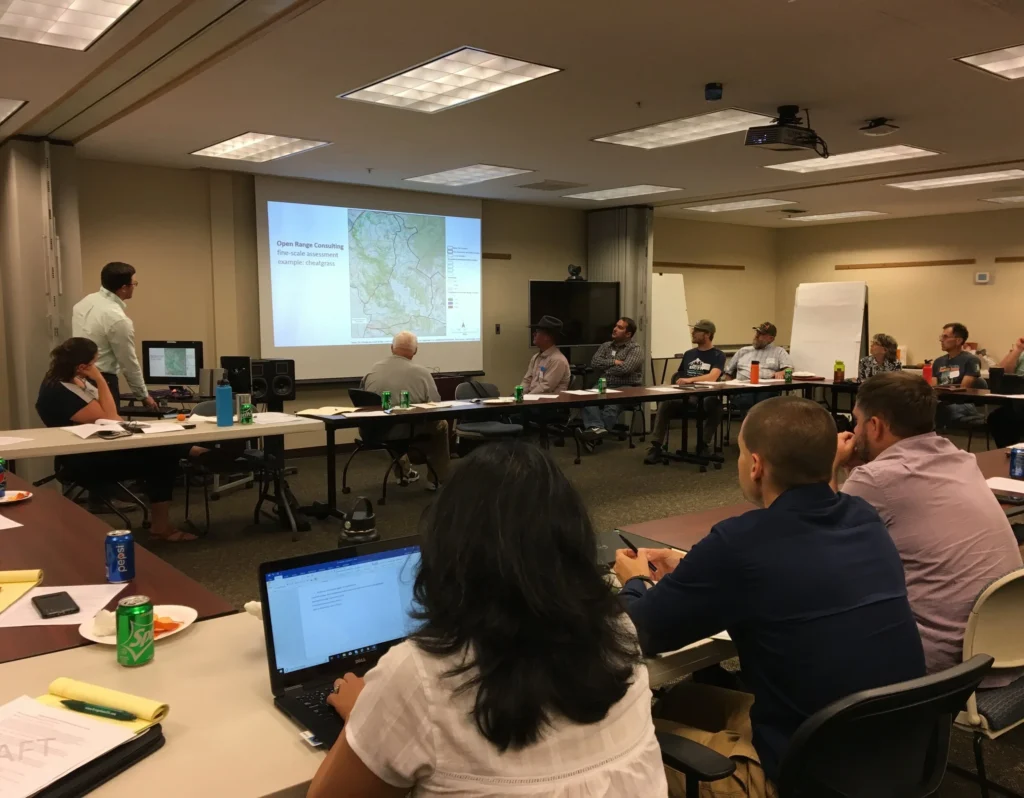
Oregon Local Implementation Teams Bolstered
“While it was the landscape that initially drew me in, a community of passionate and caring ranchers and land stewards is what excited me most about returning to Oregon.”
— Julie Unfried, Sage-grouse Local Implementation Team Coordinator in Oregon
